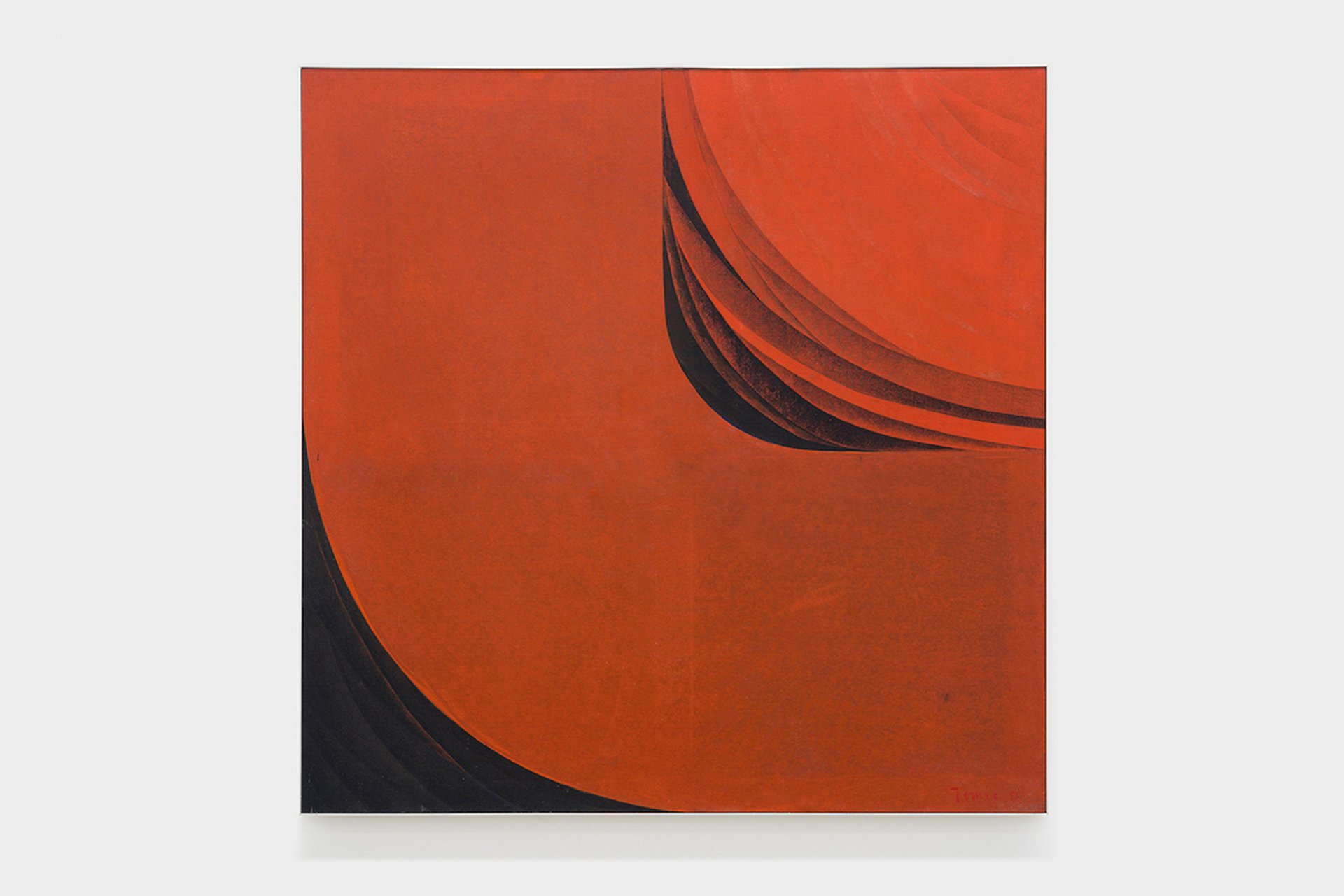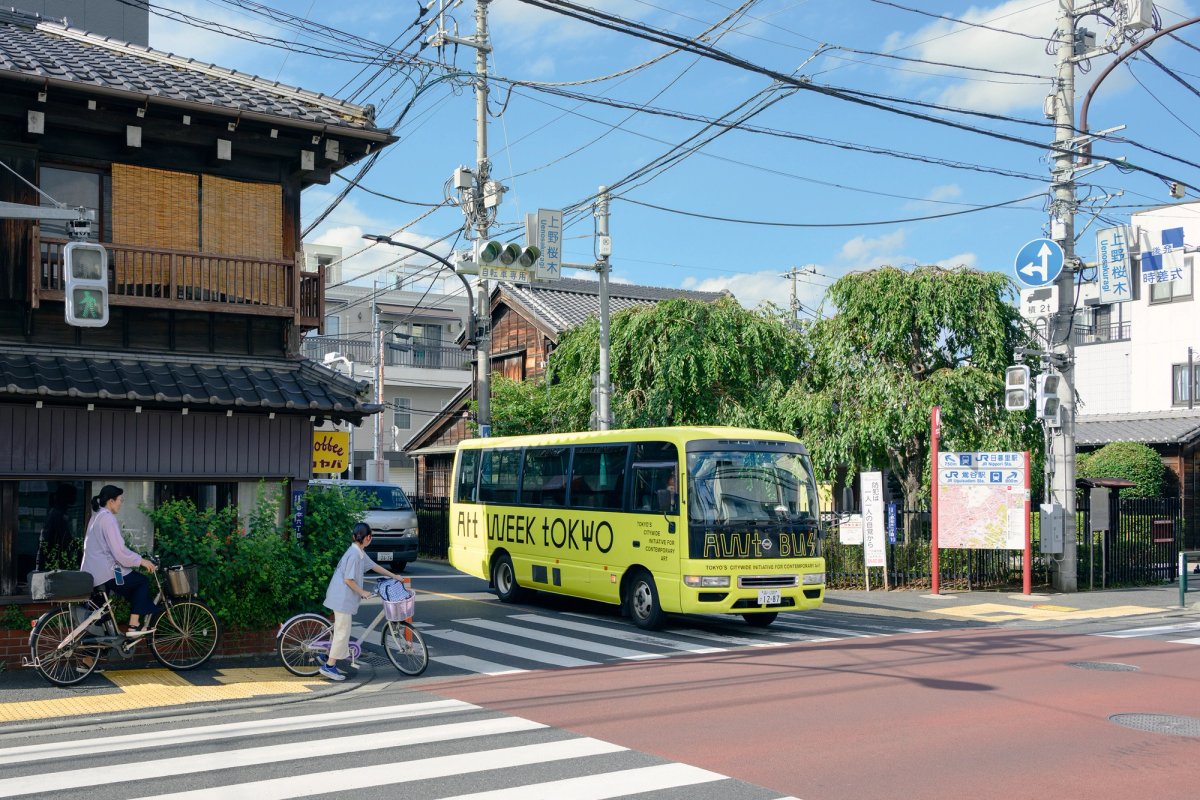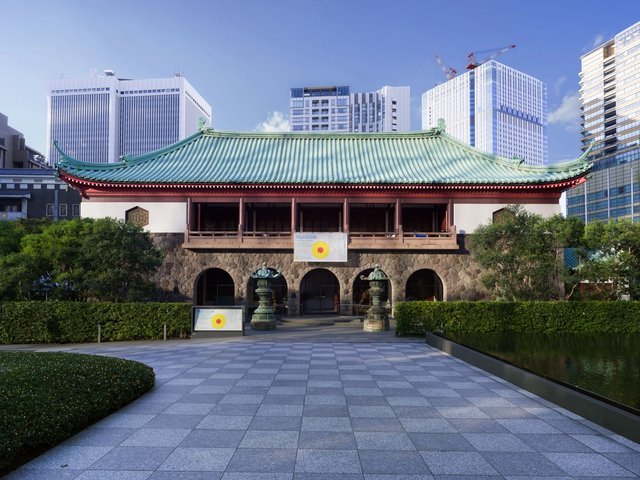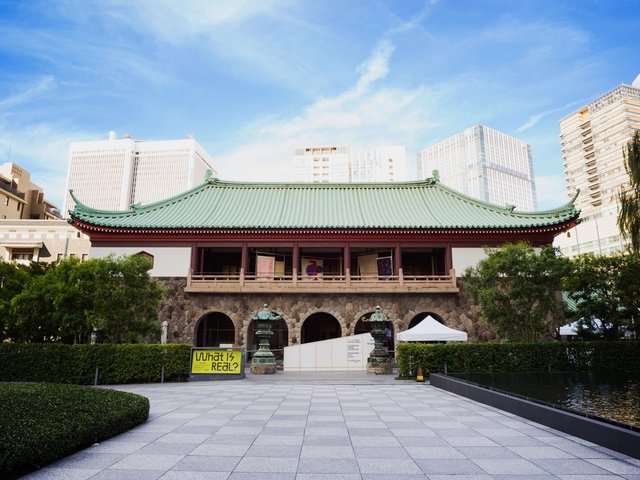After the fervour of Seoul’s early September art scene subsides, followed by London and Paris in October, where do the world’s art professionals and collectors head next? In Asia, the “art week” model, which consolidates the three major magnetic forces of art—museums, biennials and art fairs—is rapidly proliferating. January brings Singapore, March sees Hong Kong, September features Seoul and October last year witnessed the inaugural Taipei Art Week. By having museums open major shows and host large-scale events alongside fairs, and synchronising biennial openings, these three magnetic forces are deepening their reciprocal relationships and creating powerful synergy.
Art Week Tokyo, which had its soft launch in November 2021, when borders were not freely open to international travellers, has adopted a new model that could be called “post-art fair”, challenging itself to establish a new position for Japanese contemporary art within Asia’s broader ecosystem and beyond. Notably, there is no art fair. Rather, it places significant emphasis on multilayered networking by connecting existing museums and galleries scattered throughout the Tokyo metropolis via free buses and inviting art professionals from around the world.
Festival triple
Another distinctive feature is the enrichment of symposiums, talks and educational programmes that take place over the course of the week and address diverse audiences, from specialists to beginners. Art Week Tokyo has quickly entrenched itself in Japan’s art calendar, and this year the event coincides with a triumvirate of major art festivals around the country—the Aichi Triennale (until 30 November), Okayama Art Summit (until 24 November), and the Setouchi Triennale (until 9 November)—creating an even larger magnetic field for art in Japan during the autumn season.
Then, what should we expect from Art Week Tokyo in its fourth full edition? AWT Focus, the main project of Art Week Tokyo along with AWT Video, is definitely worth checking out. This selling exhibition is held at the Okura Museum of Art, Japan’s oldest existing private museum since 1917, and like Art Basel Hong Kong Encounters, its curatorial process combines proposals from galleries and curators’ nominations.

Untitled (1983) by Tomie Ohtake, whose work is being presented by Pace Gallery during Art Week Tokyo
© Tomie Ohtake, courtesy artist’s estate and Nara Roesler Gallery
Adam Szymczyk’s curated exhibition What Is Real? features more than 50 artists, many of whom are exhibiting in Japan for the first time. While last year’s AWT Focus, which I curated, included a handful of artists from Asia, this year the participation of artists represented by overseas galleries has increased significantly. Although the core of the exhibition is always drawn from Art Week Tokyo’s galleries, this year’s contributing galleries also hail from places ranging from Kolkata to Warsaw, Zurich, Amsterdam, New York and Los Angeles. It will be intriguing to see what kind of “real” emerges when diverse practices gathered from different contexts and realities resonate with each other.
Must-see
In terms of museum exhibitions during Art Week Tokyo, Prism of the Real: Making Art in Japan 1989-2010 at the National Art Center, Tokyo, is a must-see. It is initiated by the Japanese government’s Agency for Cultural Affairs, which has a strong commitment and strategy for international dissemination of Japanese art. This is a collaborative project between M+ in Hong Kong and the National Art Center, Tokyo, curatorially led by Doryun Chong, artistic director and chief curator of M+. When the world was opening up after 1989, Japan’s bubble economy collapsed and the “lost 30 years” began. The era this exhibition examines could also be read as a continuation from Japanese Art after 1945: Scream Against the Sky, a historical exhibition of post-war Japanese art curated by Alexandra Munroe, first for the Yokohama Museum of Art in 1994 and then travelling around the US.
Coincidentally, Inner Worlds, the ongoing exhibition of the M+ Sigg Collection that I saw at M+ in the first week of September, also targets the period from the mid-1990s to the 2010s. This was a time when China was experiencing tremendous economic growth and seemed to envision a brighter future than the present, and these two shows could be interpreted comparatively. It is also a new feeling that a comprehensive review of the post-1990s era is beginning to emerge as the 21st century has passed its quarter mark.
Looking at the whole programme of Art Week Tokyo, we are reminded that when exposed to large amounts of art in a short period, resonances and reverberations naturally begin to echo in one’s mind. There appear to be a number of exhibitions during this year’s event that anticipate such resonances. First is Jam Session: The Ishibashi Foundation Collection x Yamashiro Chikako x Shiga Lieko—In the Midst Of at the Artizon Museum. This “jam session” framework between the museum’s collection, which is grounded in modern art, and contemporary artists started in 2020. I’m excited to imagine how these two female artists, Yamashiro and Shiga, will draw out the essence of one of the greatest modern art collections in Japan.
Likewise, Watari-um, the Watari Museum of Contemporary Art, is hosting a collaborative exhibition by Osgemeos and Barry McGee. This can be seen as a natural extension of Watari’s lineage, which held the Ripples Across the Water exhibition curated by Jan Hoet in 1995, where art seeped from the museum into the streets, and has since featured Basquiat and JR. Among galleries, Pace is simultaneously presenting Tomie Ohtake and Marina Perez Simão. Ohtake was born in Kyoto in 1913, immigrated to Brazil in 1936, became an internationally recognised artist and died in 2015. It’s already intriguing to imagine how Simão, whom I also featured in AWT Focus 2024, will resonate with Ohtake on Japanese soil.

A transparent Tokyo house by Sou Fujimoto, who has a solo exhibition at Mori Art Museum
Photo by Iwan Baan
To enjoy Art Week Tokyo, whether utilising the free buses or traveling by subway, it would be good to extend your legs to areas of Tokyo you’ve never been to before, visiting everything from national museums to private museums, from large-scale institutions to small unknown galleries. Tokyo has both streetscapes that retain old-world charm and the latest high-rise building clusters. Architect Sou Fujimoto, who became widely known as the designer of the Grand Ring at the Osaka Expo 2025, says that Tokyo’s cityscape is also a “forest”, just like the forests of his native Hokkaido. By travelling by bus rather than subway, viewing Tokyo’s scenery while moving around, there are sure to be new discoveries. And after experiencing the city for themselves, visitors will gain a greater appreciation for Fujimoto’s vision for its possible futures in his solo exhibition Primitive Future Forest, which is on view at the Mori Art Museum until 9 November.
As a post-art fair model, Art Week Tokyo has steadily increased its audience. According to its organisers, overall attendance grew by 33% from 2022 to 2023 following the end of the pandemic, with a further 15% increase in 2024. VIP attendance also rose by 34% from 2022 to 2023, and surged by an additional 89% in 2024. Even without a traditional art fair, participants including international VIPs continue to grow. Rather than visiting individual booths at a centralised fair venue, Art Week Tokyo has reconceptualised itself as a dynamic, city-wide distributed event. Visitors can view exhibitions at galleries throughout Tokyo, explore AWT Focus and AWT Video, and visit museum special exhibitions and permanent collections, all while enjoying Tokyo as a “forest-like city”.
• Art Week Tokyo, 5-9 November






